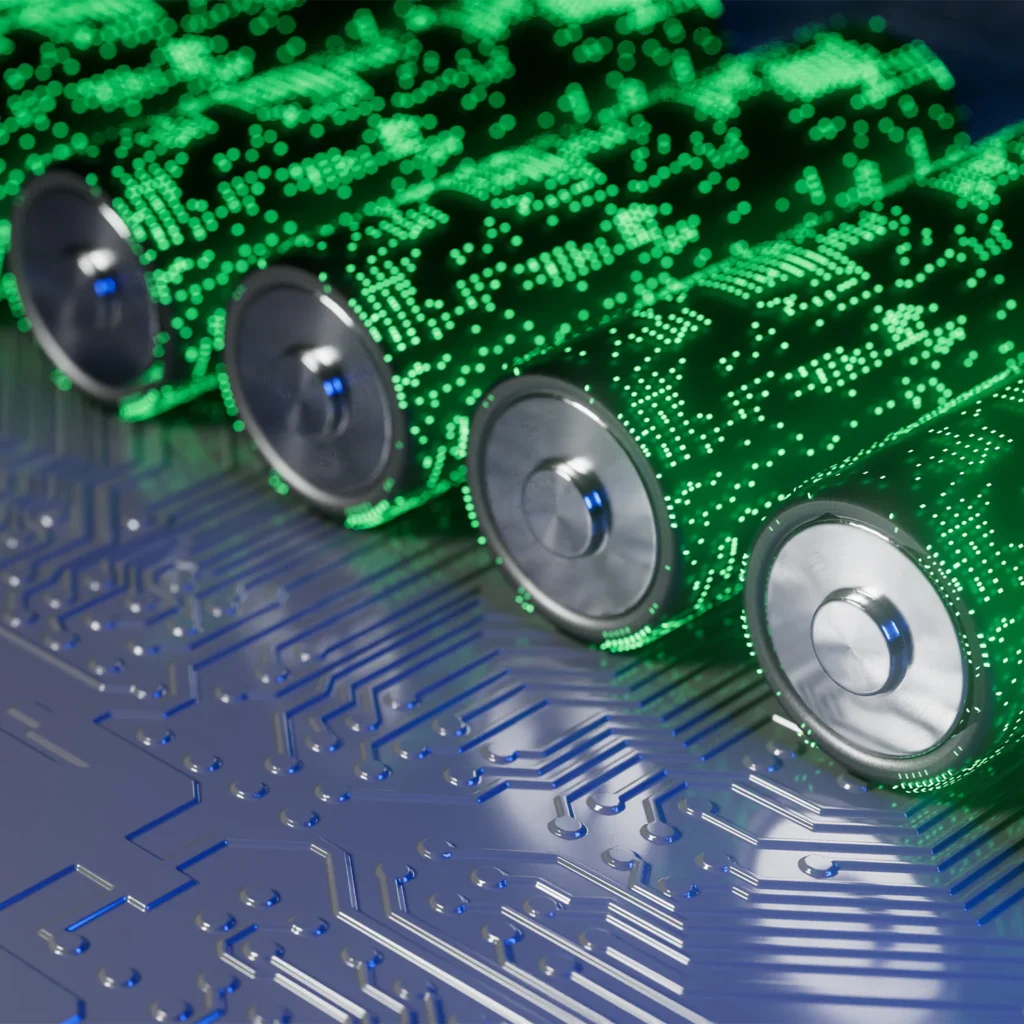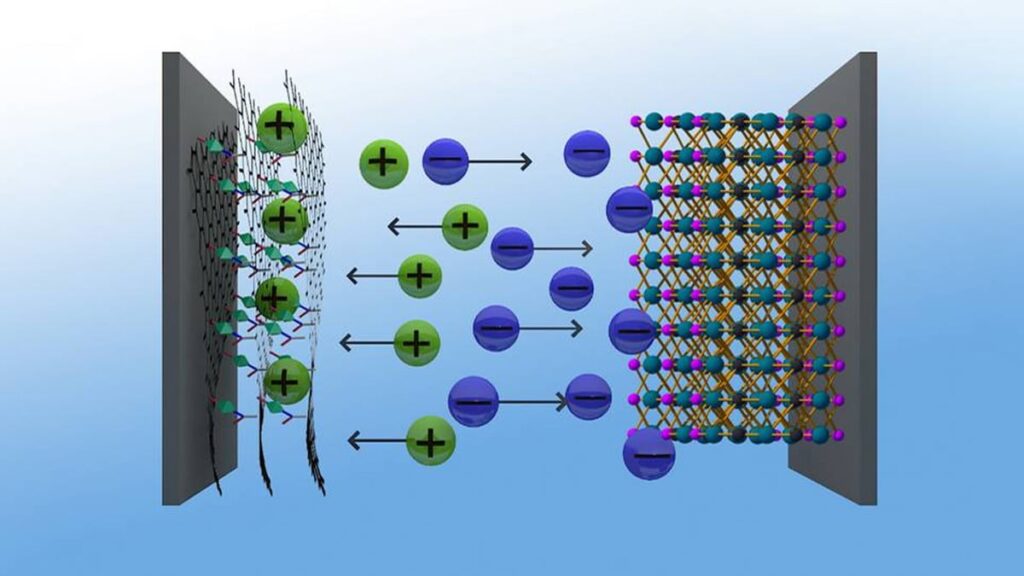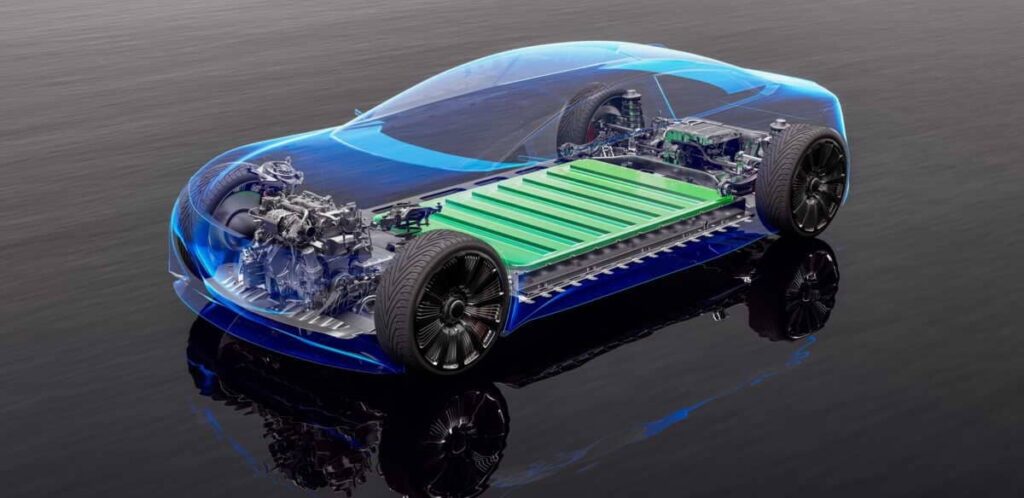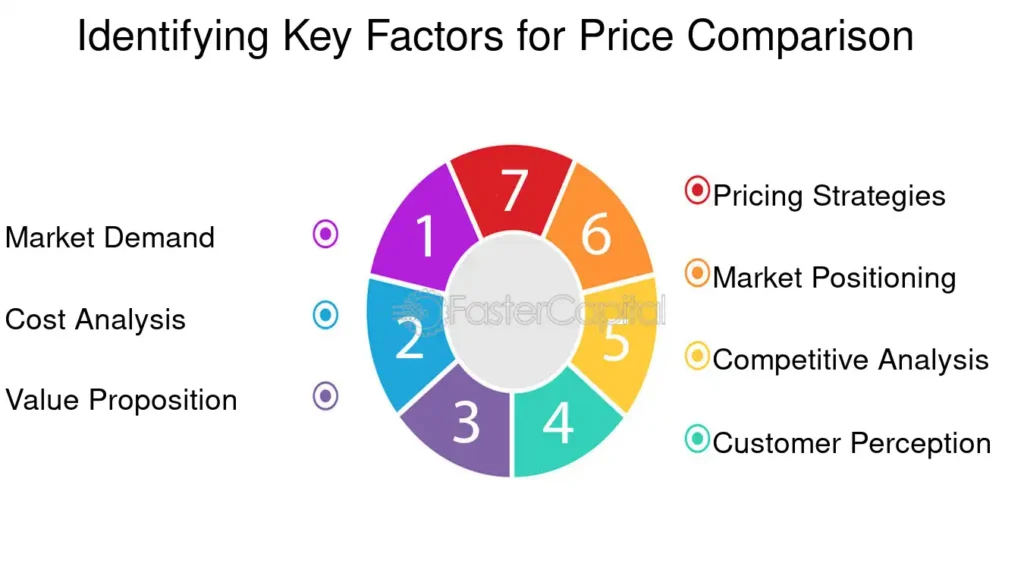The world moves toward sustainable transportation, electric vehicle (EV) batteries have become a critical component in determining performance, range, and longevity. With various battery types available—such as lithium-ion, solid-state, and lithium iron phosphate (LFP)—each has its own advantages and drawbacks. Understanding the differences between these battery technologies is essential for making an informed choice, whether you’re an EV buyer, enthusiast, or industry professional. In this blog, we’ll break down the key EV battery types and analyze which one might be the best for your Battery needs.
Key Points
- Lithium-Ion Batteries: The Industry Standard
- Nickel-Metal Hydride (NiMH): The Hybrid Hero
- Solid-State Batteries: The Future Awaits
- Lead-Acid Batteries: The Old-School Option
- Lithium Iron Phosphate (LFP): The Safety Champ
- Comparing Key Factors: Range, Cost, and Lifespan
- So, Which Battery Type Wins?
Understanding EV Battery Types
01. Lithium-Ion Batteries: The Industry Standard

Lithium-ion batteries are the rockstars of the EV world—and for good reason! You’ll find them in most electric cars today, from Teslas to Nissan Leafs. They’re lightweight, pack a ton of energy (high energy density), and recharge pretty quickly compared to older tech.
What makes them so popular? Well, they strike a solid balance between performance and cost. They can store enough juice to give you a decent range—think 200-400 miles depending on the car—and they’re getting better every year thanks to advancements in chemistry. But they’re not perfect. Over time, they degrade, especially if you’re constantly fast-charging or exposing them to extreme heat. Plus, they use cobalt, which raises ethical and environmental concerns due to mining practices. Still, for now, lithium-ion is the go-to choice for most manufacturers.
02. Nickel-Metal Hydride (NiMH): The Hybrid Hero

Before lithium-ion took over, Nickel-Metal Hydride (NiMH) batteries were the MVPs, especially in hybrid vehicles like the Toyota Prius. They’re super reliable, with a long lifespan and decent energy storage. NiMH batteries are also less prone to overheating compared to some older options, which makes them a safe bet.
So why aren’t they in every EV? They’re heavier and bulkier than lithium-ion, and their energy density isn’t as impressive. That means shorter ranges—usually under 100 miles—which doesn’t cut it for full EVs. Today, they’re mostly found in hybrids, where their durability shines. If you’re into hybrids rather than pure EVs, NiMH is still a solid contender.
03. Solid-State Batteries: The Future Awaits

Okay, let’s talk about the shiny new kid on the block: solid-state batteries. These bad boys ditch the liquid electrolyte found in lithium-ion batteries for a solid one. The result? Potentially higher energy density, faster charging, and better safety since there’s no flammable liquid to worry about.
Imagine charging your EV in 10 minutes and driving 500+ miles—that’s the dream solid-state tech promises. Companies like Toyota and QuantumScape are pouring billions into making this a reality. But here’s the catch: they’re not widely available yet. Production costs are sky-high, and scaling up is tricky. Still, experts say solid-state could dominate by 2030, so keep your eyes peeled!
04. Lead-Acid Batteries: The Old-School Option

Lead-acid batteries are like that vintage car in your grandpa’s garage—reliable for their time but not exactly cutting-edge. They’ve been around forever, powering everything from golf carts to early EVs. They’re cheap, easy to recycle, and tough as nails.
But here’s the deal: they’re heavy really heavy and their energy density is laughable compared to modern options. You’re looking at ranges of maybe 50 miles, tops. Plus, they don’t last as long under heavy use. Today, lead-acid is mostly relegated to low-speed EVs or backup power systems. For serious electric driving, they’re just too outdated.
05. Lithium Iron Phosphate (LFP): The Safety Champ

Lithium Iron Phosphate (LFP) batteries are a twist on the lithium-ion family, and they’re gaining traction fast. Tesla’s already using them in some models, like the base Model 3. Why? They’re super safe—less likely to catch fire or explode—and they last longer, often handling thousands of charge cycles before fading.
The downside? Their energy density is lower than standard lithium-ion, so you might sacrifice some range (think 250-300 miles). They’re also cheaper because they skip pricey materials like cobalt and nickel, which is a win for your wallet and the planet. If safety and longevity are your priorities, LFP is a rising star worth watching.
Comparing Key Factors: Range, Cost, and Lifespan

Let’s break it down:
Range: Lithium-ion and solid-state (when available) lead with 200-500+ miles. LFP and NiMH lag at 100-300 miles, while lead-acid barely hits 50.
Cost: Lead-acid is dirt cheap, LFP is budget-friendly, lithium-ion is mid-range, NiMH is pricier for EVs, and solid-state? Wallet-busting for now.
Lifespan: LFP and NiMH shine with long cycle life (2000+ charges), lithium-ion is decent (1000-1500), solid-state could be amazing (TBD), and lead-acid trails at 500-1000 cycles.
Your best battery depends on what you value most distance, price, or durability.
So, Which Battery Type Wins?
Here’s the truth: there’s no one-size-fits-all “best” EV battery. If you want range and performance right now, lithium-ion is your champ—it’s why it’s everywhere. If safety and cost matter more, LFP is stealing the spotlight. NiMH is great for hybrids, lead-acid is a niche player, and solid-state? It’s the wild card that could change everything in a few years.
For most drivers in 2025, lithium-ion (or LFP if you’re budget-conscious) is the practical pick. But as tech evolves, solid-state might just take the crown. It’s an exciting time to be an EV fan!
Conclusion
Choosing the best EV battery type depends on factors like cost, efficiency, lifespan, and environmental impact. While lithium-ion batteries dominate the market due to their energy density and proven reliability, solid-state batteries represent the future with potential breakthroughs in safety and range. Meanwhile, LFP batteries offer affordability and durability, making them a strong contender for budget-conscious consumers. As battery technology continues to evolve, advancements will shape the future of electric mobility, ensuring longer-lasting, more efficient, and eco-friendly options. The best battery ultimately depends on your priorities whether it’s performance, affordability, or sustainability.
Frequently Asked Questions (FAQs)
Q1. What’s the most common EV battery type in 2025?
Lithium ion still rules the roost, powering most EVs on the road today. LFP is catching up fast, though!
Q2. Are solid-state batteries available yet?
Not quite they’re in development and testing. Some companies promise commercial versions by 2030, but don’t hold your breath just yet.
Q3. Why don’t all EVs use LFP batteries if they’re safer?
LFP’s lower energy density means shorter ranges, which some buyers don’t love. It’s a trade-off between safety and performance.
Q4. Can EV batteries be recycled?
Yes, Lead-acid is the easiest to recycle (over 90% recyclable), and lithium-ion recycling is improving every year.
Q5. Which battery lasts the longest?
LFP and NiMH often outlast others, with lifespans of 2000+ charge cycles. Solid-state could top that in the future.








